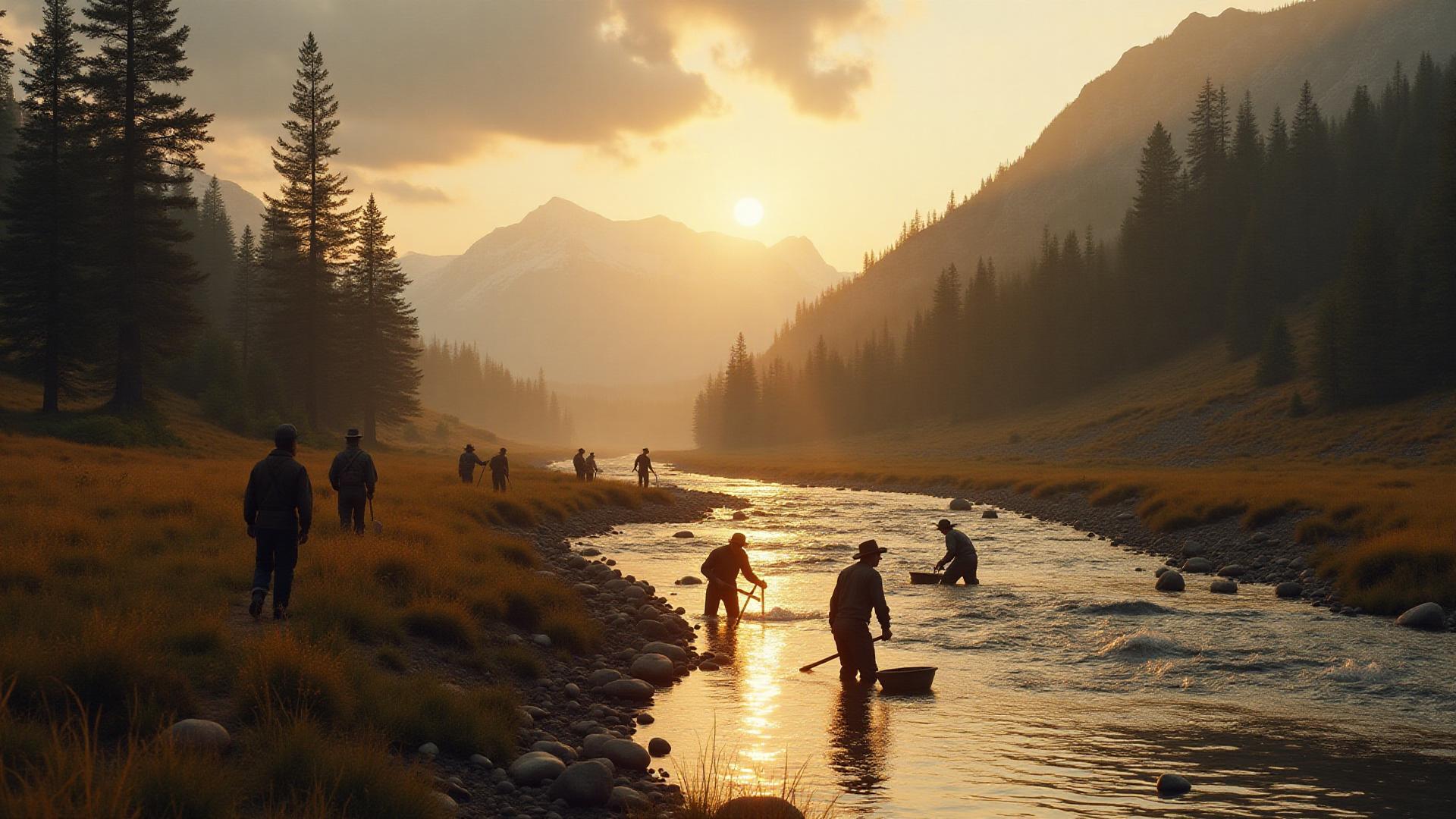Geographic & Historical Setting
Bonanza Creek (called Rabbit Creek before the gold find) is a tributary of the Klondike River in the Yukon. It lies approximately 20 miles (32 km) northwest of what would become Dawson City. Over decades, the creek's contours shifted dramatically as mining operations reshaped its course.
The site of the original discovery has been designated the Discovery Claim National Historic Site. The legal claim spans 500 × 2,000 feet, and archaeological evidence of early mining and dredging remains visible to this day.
Who Found the Gold (and When)
On August 16, 1896, a small party including George Carmack, Kate Carmack (Shaaw Tláa), Skookum Jim (Keish), and Tagish Charlie (Káa Goox) discovered gold in the creek's gravels.
It remains debated who first struck the pay streak, but the group strategically decided to credit Carmack as official discoverer to help with claim recognition by authorities. This decision reflected the racial prejudices of the era—Indigenous claimants faced greater skepticism from mining officials.
The Discovery Party
- George Carmack - American prospector, credited as official discoverer
- Kate Carmack (Shaaw Tláa) - Tagish woman, George's wife, present at discovery
- Skookum Jim (Keish) - Kate's brother, Tagish Nation, likely found the gold
- Tagish Charlie (Káa Goox) - Kate's nephew, Tagish Nation
The very next day, the claim was registered at the police post at Fortymile's mouth, formalizing the discovery that would change the North forever.
Aftermath & Ripple Effects
Within weeks, every promising parcel of Bonanza Creek was staked. Word spread like wildfire through the existing mining communities. Prospectors then pushed further upstream into creeks like Eldorado Creek, which would prove even richer than Bonanza itself.
Word of the discovery spread slowly at first; it was only by mid-1897, when riverboats carried gold to cities like Seattle and San Francisco, that mass public attention arrived. But in the Yukon, the rush began immediately.
In the years that followed, extensive mechanized mining greatly altered the Bonanza valley. Tailings and dredge scars still mark the landscape, creating an otherworldly terrain of gravel piles and altered watercourses that serves as a lasting monument to the industrial scale of gold extraction.
